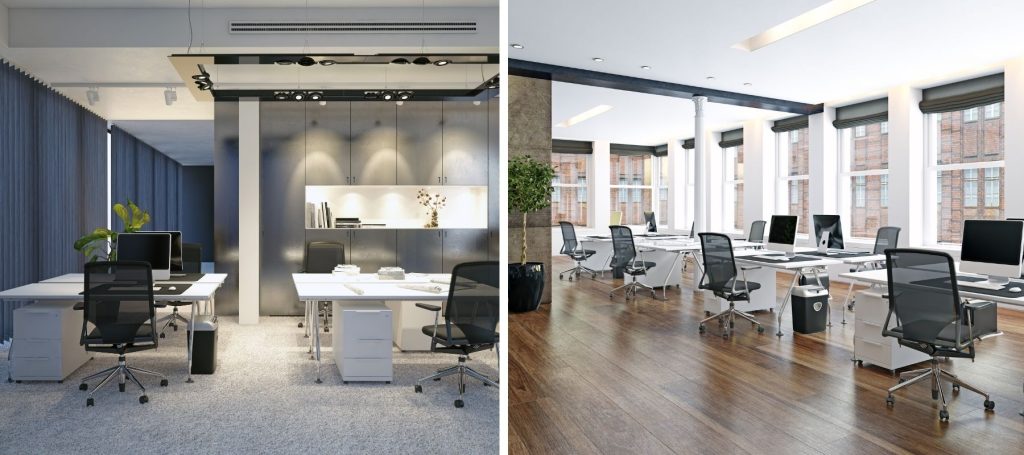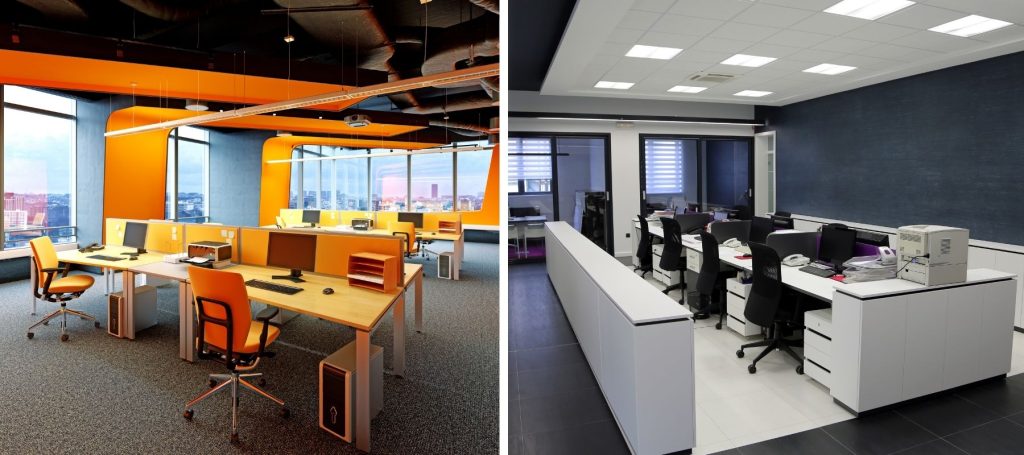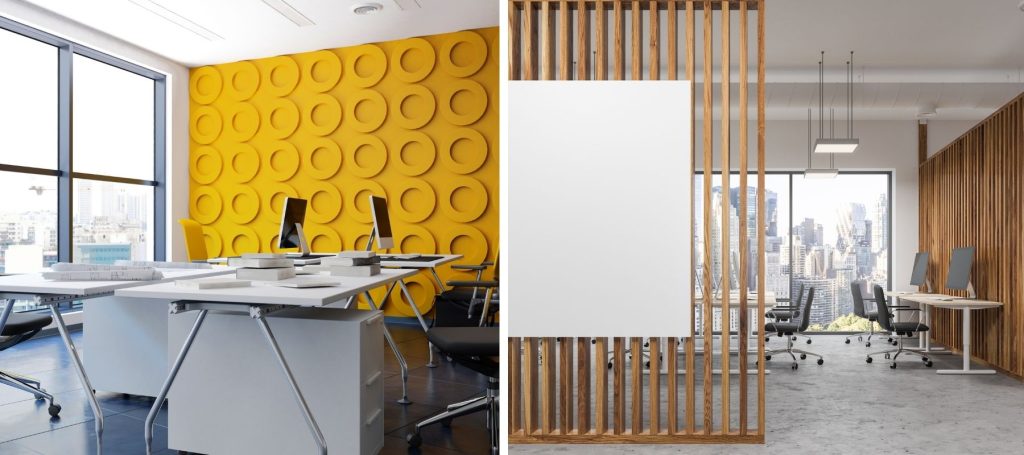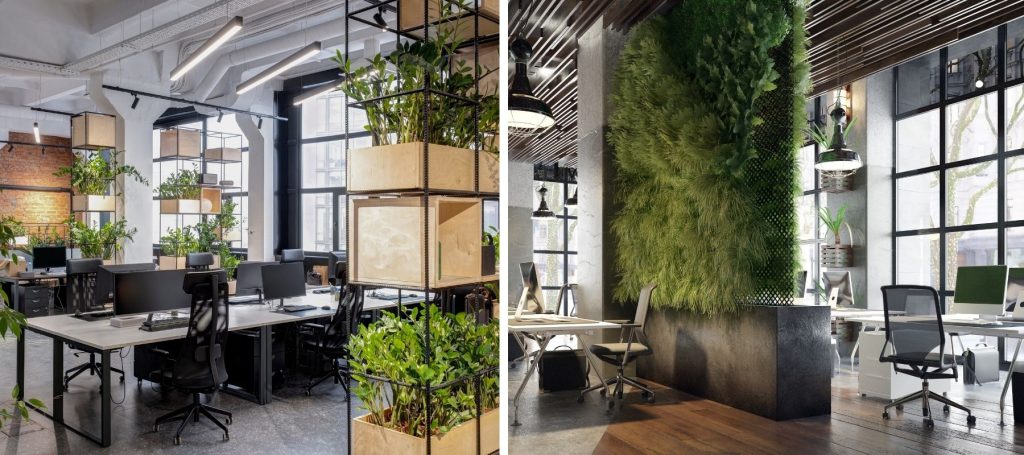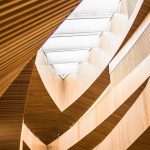Interior Design for Law Offices: Key Considerations
Designing the interior of a law office requires a balance between professionalism, functionality, and comfort. The space should reflect the firm’s values, instill confidence in clients, and provide a productive work environment for staff. Below are specific factors to consider when designing a law office:
1. Professional Aesthetic
- Neutral Color Palette: Stick to neutral tones like gray, beige, or navy blue, as they evoke trust and professionalism. Add subtle accent colors to avoid monotony.
- High-Quality Materials: Use premium materials like wood, leather, and stone to convey sophistication and stability.
2. Functional Layout
- Private Meeting Areas: Create soundproof meeting rooms for confidential discussions with clients. Include comfortable seating and a professional atmosphere.
- Efficient Workspaces: Ensure that desks, storage, and seating are ergonomically designed for employee comfort and productivity.
- Reception Area: The reception should make a strong first impression with a welcoming design, comfortable seating, and a tidy layout.
3. Branding Through Design
- Firm Identity: Incorporate design elements that reflect the firm’s brand, such as logos, a signature color, or artwork representing the firm’s mission or history.
- Personalized Touches: Include elements like bookcases with legal volumes or artwork that aligns with the firm’s practice areas.
4. Lighting Design
- Natural Light: Maximize natural light in common areas to create an inviting and open atmosphere.
- Task Lighting: Provide adequate task lighting in workspaces to reduce eye strain and enhance productivity.
- Ambient Lighting: Use soft, warm lighting in reception areas to create a calming environment for clients.
5. Privacy and Acoustics
- Soundproofing: Use acoustic panels, carpets, or double-glazed windows to minimize noise and ensure confidentiality.
- Strategic Partitioning: Divide spaces effectively with glass partitions for a modern look while maintaining privacy.
6. Comfortable Amenities
- Client Comfort: Provide amenities such as coffee stations, water dispensers, and magazines in waiting areas.
- Employee Well-being: Incorporate breakout areas or lounges for staff to recharge and relax.
7. Modern Technology Integration
- Smart Systems: Integrate technology like smart lighting, automated blinds, and modern conferencing equipment for a seamless experience.
- Cable Management: Ensure that cabling for computers, phones, and screens is discreet and organized.
8. Accessibility
- Inclusive Design: Ensure that the office is accessible to everyone, including wheelchair users, by incorporating ramps, wide doorways, and accessible restrooms.
9. Sustainability
- Eco-Friendly Materials: Use sustainable furniture and materials to reflect a commitment to environmental responsibility.
- Energy Efficiency: Opt for LED lighting and energy-efficient appliances to reduce the office’s carbon footprint.
Conclusion:
The interior design of a law office should project an image of professionalism, reliability, and attention to detail. By focusing on functionality, aesthetics, and comfort, you can create a space that impresses clients, supports employees, and reflects the values of the firm.
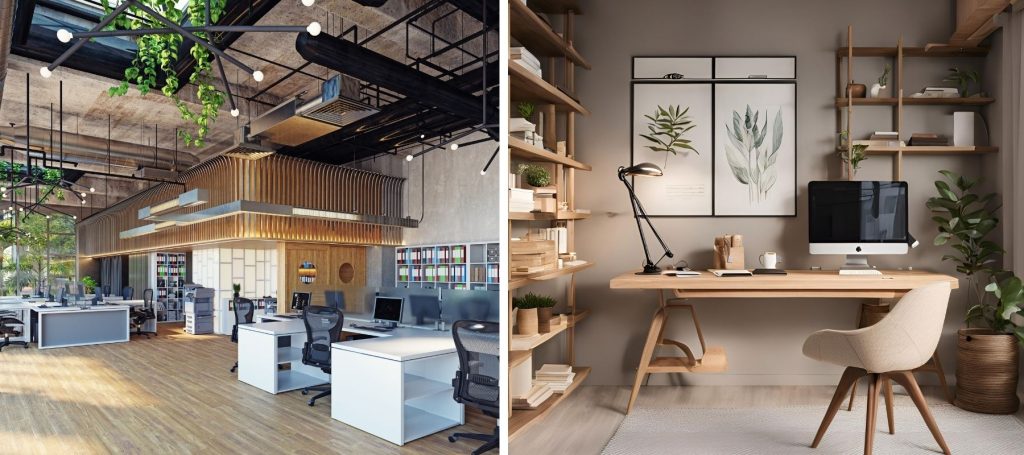
Tags: filter
